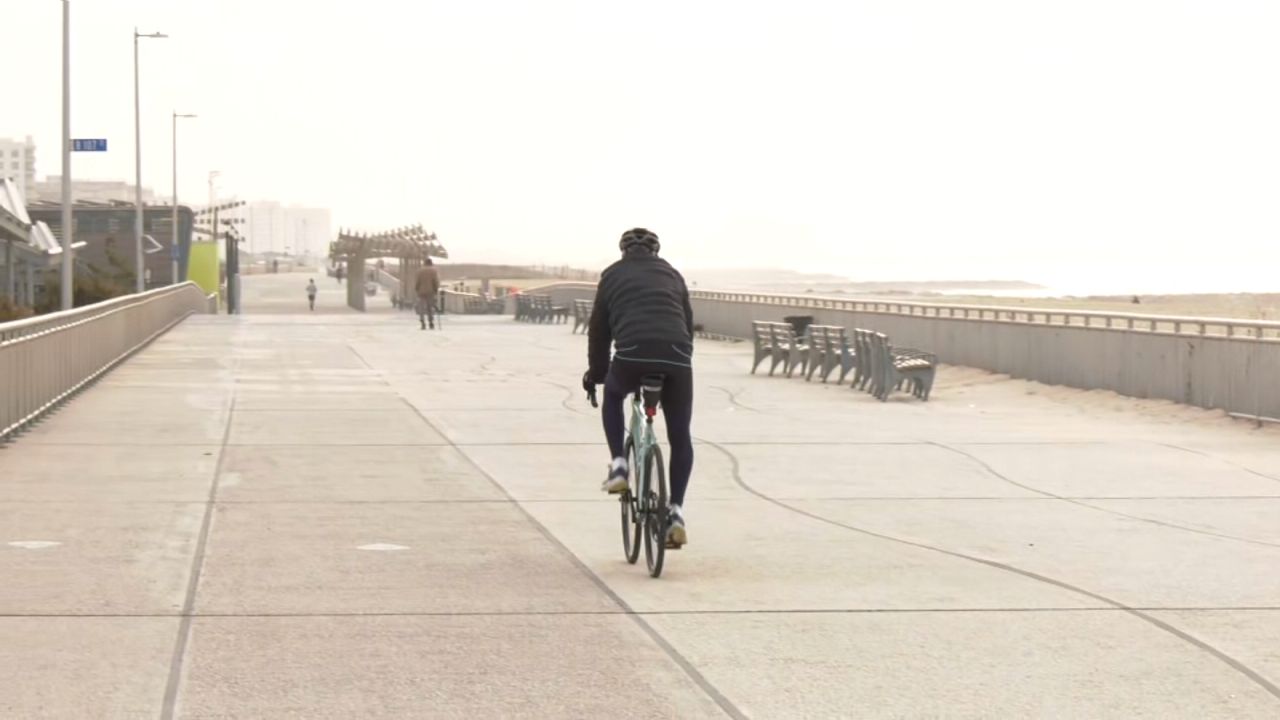The Prospect Park Zoo is set to reopen Memorial Day weekend, eight months after the remnants of Tropical Storm Ophelia wreaked havoc on the facility.
The Sept. 29 storm dumped nearly six inches of rainfall on the city over a 24-hour period, causing the zoo’s basement to fill with 25 feet of water, damaging the electrical and boiler systems.
“This was completely submerged, completely lost," said Craig Piper, vice president and director of city zoos for the Wildlife Conservation Society.
“There’s several million dollars of equipment that had to be replaced here. And we’re not gonna put it back in a basement at the risk of flooding again,” Piper added.
It took 239 days and more than $6 million to make the repairs needed to reopen. Most of that money went towards restoring the zoo’s electrical grid.
“One of the key pieces is this one right here, it’s a major transformer,” Piper said. “This allowed us to get back on grid power, get rid of the emergency generators all over the campus and the fuel tanks that go with those that we were having to fuel every single day.”
While the zoo does plan to reopen at the end of the month, repairs are not complete. The full restoration cost is estimated to be about $20 million.
Piper said they are hoping to access more funding soon after President Joe Biden signed a disaster declaration in January, unlocking federal funding to help with storm repairs around New York City, including at the zoo.
“There have been insurance proceeds that have covered some of the costs and the Parks Department has helped with some of the costs. Eventually the FEMA funds will come to the Parks Department to cover any costs for the long-term restoration," Piper said.
A major concern for many Brooklynites was the well-being of the more than 400 animals — including baboons, peacocks and red pandas — who live on the zoo’s 12 acres of land. However, staffers said the animals were largely unaffected.
“When the flooding happened, a lot of the animals hadn’t been put out on exhibit, and because it was raining so much, we weren’t going to put them on exhibit," said Craig Gibbs, the zoo's assistant director.
Those who oversee and operate the zoo said they now want to see investments in green infrastructure to prevent similar disasters. The Wildlife Conservation Society noted it’s working with the city to address the persistent flooding.









